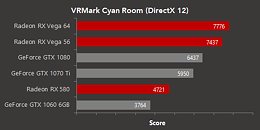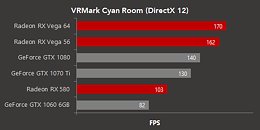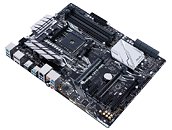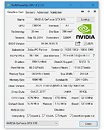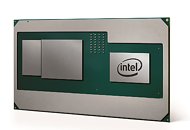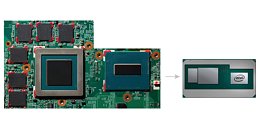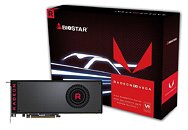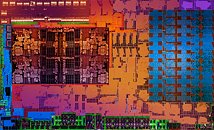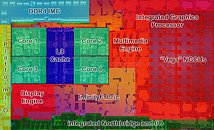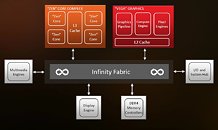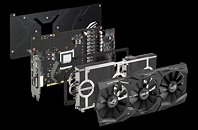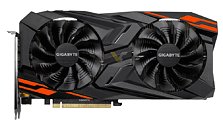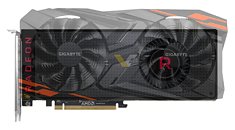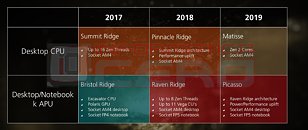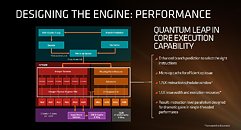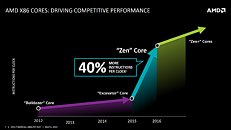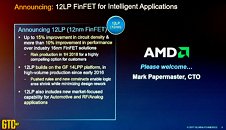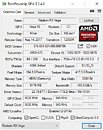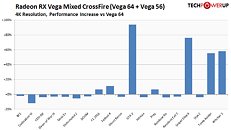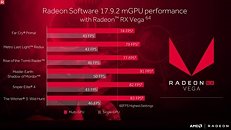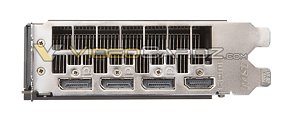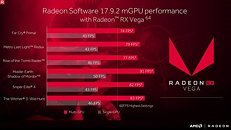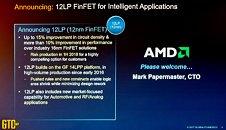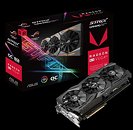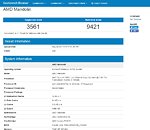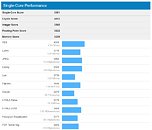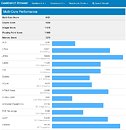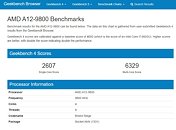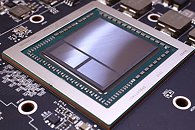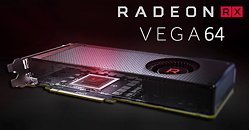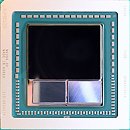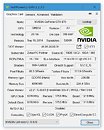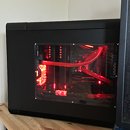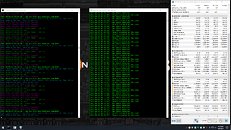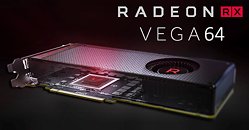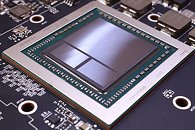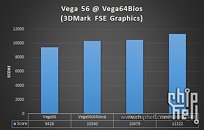
AMD Radeon Graphics Cards Trump NVIDIA Alternatives in VRMark Cyan Room
Benchmarking company Futuremark has recently introduced a new benchmark to its VRMark suite, the Cyan Room, which brings the latest in rendering technologies to the VR world. Futuremark expects this test to leverage the latest hardware and software developments in DX12 to better utilize today's GPUs still somewhat untapped power. In something of a plot twist, AMD's Radeon architectures (in the form of Polaris 20-based RX 580 and Vega-based RX Vega 56 and RX Vega 64) trump NVIDIA's equivalent offerings in pure performance numbers.
Testing was performed by pairing a Ryzen 7 1800X CPU with a selection of graphics cards from both AMD and NVIDIA, supported by 16GB of DDR4-2933 system memory, and Windows 10 x64. In a post on Radeon gaming, Scott Wasson said that "The Cyan Room (...) highlights AMD's continued performance leadership on this (VR) front," adding that "the Radeon GPUs we tested have clear leads over their direct competition. What's more, all the Radeon GPUs are meeting the key requirement for today's VR headsets by delivering at least 90 frames per second in this test."
Testing was performed by pairing a Ryzen 7 1800X CPU with a selection of graphics cards from both AMD and NVIDIA, supported by 16GB of DDR4-2933 system memory, and Windows 10 x64. In a post on Radeon gaming, Scott Wasson said that "The Cyan Room (...) highlights AMD's continued performance leadership on this (VR) front," adding that "the Radeon GPUs we tested have clear leads over their direct competition. What's more, all the Radeon GPUs are meeting the key requirement for today's VR headsets by delivering at least 90 frames per second in this test."

